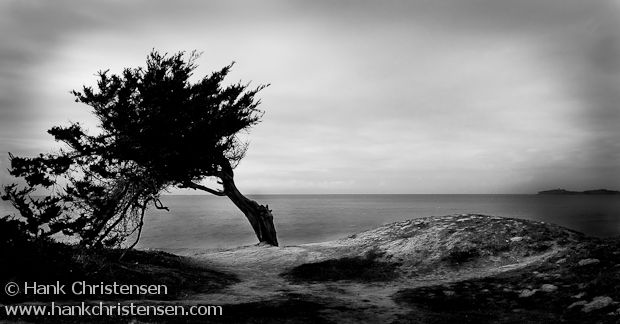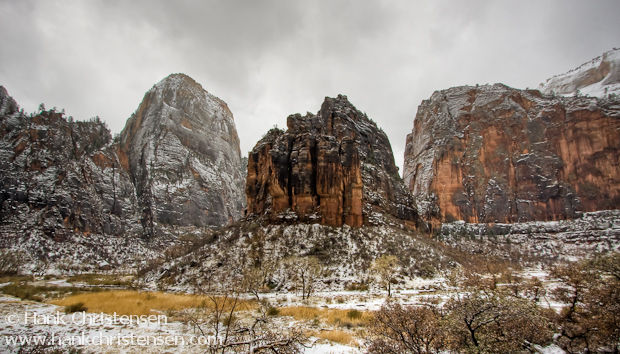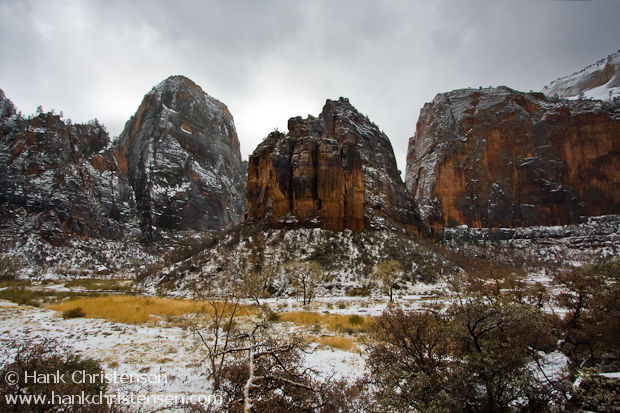Ever take several photos of a group, but none of the shots show everybody looking at the camera, eyes open, with a smile on their face? The more people you add to the shot, the more likely this is to occur. Recently I shot a wedding, and although most of the shots came out well, one of the critical portraits (the wedding couple with the bride’s parents) did not turn out. There wasn’t a single frame with everybody looking their best.
The photo on the left was the best shot, but the mother of the bride was looking away from the camera. Because I knew I liked the picture except for this one problem, I hunted through the rest of the similar shots and found the photo on the right. Ordinarily, it would be a throw-away, particularly because the bride is blinking. But the mother of the bride’s expression is perfect.
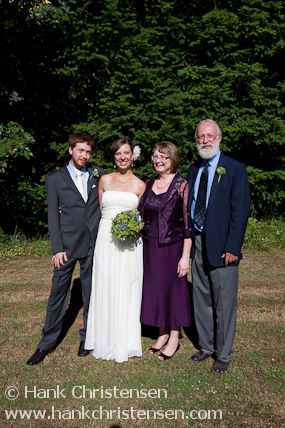 |
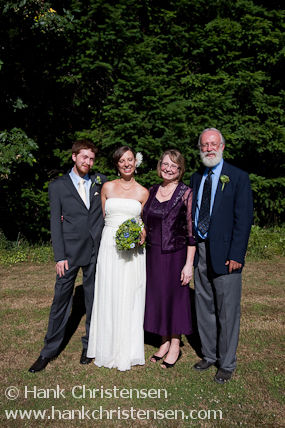 |
So now that I have both pictures that I want to combine, how do I do it? First, I open both images in Photoshop (for this example, I will be referring to CS4, but the same technique can be used in CS3). Using the Move tool, I drag one image on top of the other image. This will create a second layer, giving the second image two layers, one with each original image.
Or, if you are using Lightroom, all of the above can be skipped by selecting both photos, and clicking the menu item Photo->Edit In->Open as Layers in Photoshop…
Now that both images are stacked as separate layers, I select both layers in Photoshop and click the menu item Edit->Auto-Align Layers. This is a crucial step in making sure everything blends nicely between both layers when I merge them later. Next, I make sure that the image I want to keep (the left image above) is the top layer, and I add a layer mask (by clicking on the rectangle with the small circle icon at the bottom of the Layers palette). I make sure that black is selected as the foreground color.
With the top layer selected, I use the paint brush tool to paint the photo in the places that I want the bottom layer to show through. In this case, I painted in the mother-of-the-bride’s head. The head from the bottom layer appeared in the top layer, creating the fixed photo below:

If the two photos you are merging have only small differences, the above method can be a great and more natural looking alternative the more traditional approach of selecting from one image and pasting into another.

